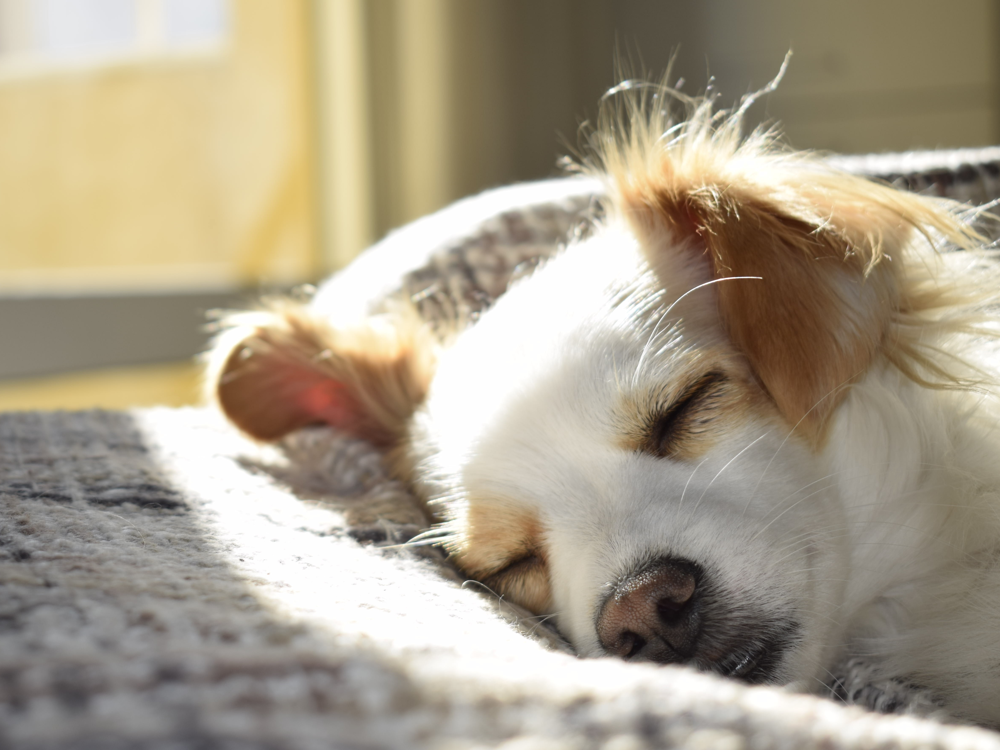Human Foods that Are Dangerous to Dogs
Share
[Sassy_Social_Share]Your dog loves you more than anything, but odds are food is a close second. When it comes to dogs and food, love really is blind. Your dog has no idea what is safe and what isn’t. He’ll happily devour foods that can make him miserably sick or even kill him. That’s why every dog own needs to ask what foods can dogs not eat and learn about the human foods that are dangerous to dogs.
Is onion bad for dogs? What about garlic?

Onion and garlic are in so much processed food such as sauces and soups, they are difficult for people to avoid, but dogs really should. Both onion and garlic are in the allium family and contain thiosulfate. Humans aren’t bothered by it, but thiosulfate affects a dog’s red blood cell count and can lead to anaemia.
But my neighbour’s cousin’s aunt swears by garlic to keep fleas off her dog.
Yes, many people do claim this. Your dog is unlikely to suffer ill effects from a small amount of garlic, but it can accumulate in their system. A vet can advise you on safer methods of flea control, but if you drop a bite of pizza and your dog gets it first, you don’t need to panic.

Are grapes and raisins bad for dogs?
Grapes in all forms, including raisins, are extremely dangerous for dogs. They can cause kidney failure, and they can cause it quickly. So keep all the grapes, raisins and wine for yourself. If you dog gets them, it can lead to an emergency.
Can dogs eat other fruits?
Many fruits are safe for dogs. Apples, pears, bananas, mangos, berries, and even pineapples are safe for dogs to eat in moderation. Some dogs do have a sweet tooth, and an occasional bite of these fruits is a safe way to satisfy it.
I know chocolate is bad for dogs, but how bad?

Chocolate is absolute poison to dogs. Do not be misled by the ‘dog chocolate’ at the pet shop. That is not real chocolate. All varieties of chocolate – dark, milk and white – contain theobromine, which damages the heart. Dogs with chocolate poisoning can initially seem to be happy and hyper, but they can be felled by a fatal heart attack. Even small doses of chocolate cause heart damage and shorten a dog’s life. If your dog eats chocolate, contact your vet immediately and try to induce vomiting (if you catch the dog right away). The severity of the poisoning is affected by the type of chocolate and dog’s size. Dark chocolate has the most theobromine. Chocolate biscuits, cakes, pastries, etc. are all off limits for dogs.
Is bread bad for dogs?
Bread is not toxic to dogs – unless it contains some extra ingredients such as raisins or garlic – but it isn’t really good for them either. If giving your dog the crust off your toast makes her happy, go ahead.
Is cheese safe for dogs?
Yes, dogs can have a little cheese now and again as a treat. Go ahead and share a bit of your cheese sandwich – unless it has onion on it.
So can I share my avocado toast with my dog?
Absolutely not. While bread is harmless, avocados cause vomiting and diarrhoea in dogs. Persin is the culprit, and while the highest concentrations are in the peel and pit, there is enough in the avocado’s flesh to make your dog very sick.
Are other vegetables bad for dogs?
Most vegetables are safe and totally fine for dogs. Carrots are particularly good, and many dogs enjoy crunching on them raw. The biggest danger of most vegetables is that they will make your dog extra gassy. Just give them to your dog plain, which no seasoning or sauce.
Some people say peanut butter is good for dogs, while others say it is poison. What’s the story?
Peanuts and peanut butter are safe for dogs. The problem is not the peanuts; it’s the xylitol. This sweetener is lethal to dogs, literally. Xylitol poisoning can kill your dog. And it is now in many brands of peanut butter. Proceed with caution, and read labels very carefully.
Will chewing gum make my dog sick?
Many, many brands of chewing gum now contain xylitol, which is a fatal poison to dogs. If your dog gets chewing gum, call your vet immediately. It is a life-threatening emergency. Xylitol poisoning in dogs is increasing, and this could be because xylitol is appearing in more and more products. It’s in many things most of us would not think to worry about – lip balm, toothpaste, deodorant, wipes, vitamins, etc.
“What foods can dogs not eat?” is a big question. The list is long and complex, but these are some of the most important popular foods every dog owner should know about. And while we’re talking about what foods dogs shouldn’t eat, we can add cat food to the list. While both of our furry friends are carnivores, not all carnivores are the same. Cats are obligate carnivores, which means they need a diet that is almost exclusively meat. Dogs are what some experts call scavenging carnivores. Their diet should be mostly meat for them to thrive, but it includes other foods such as grains and vegetables. So cat food is much richer than dog food. If your dog manages to raid the cat’s dish, it isn’t an emergency. But if he is doing it regularly, he is at risk of becoming obese and developing pancreas problems.





